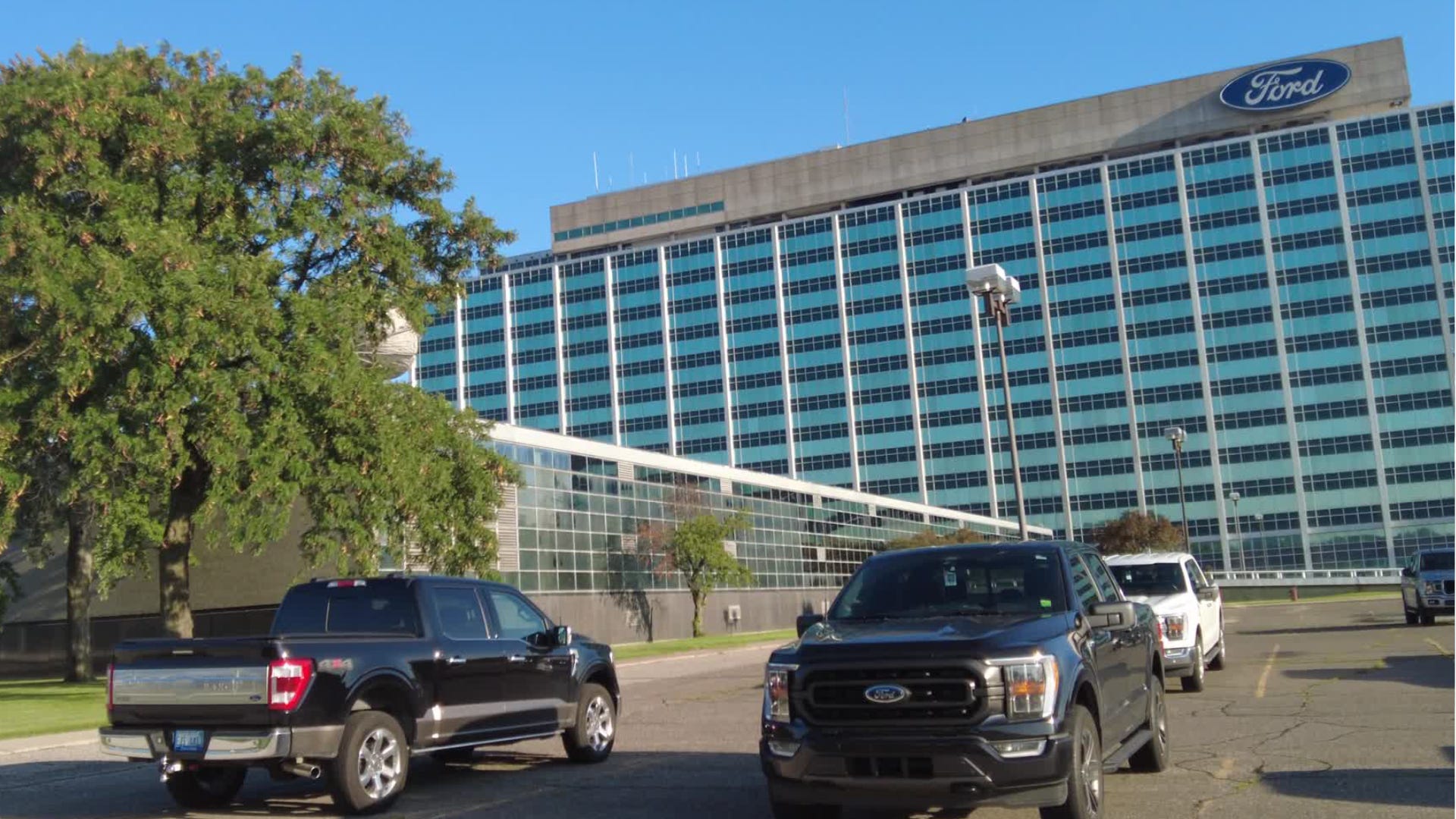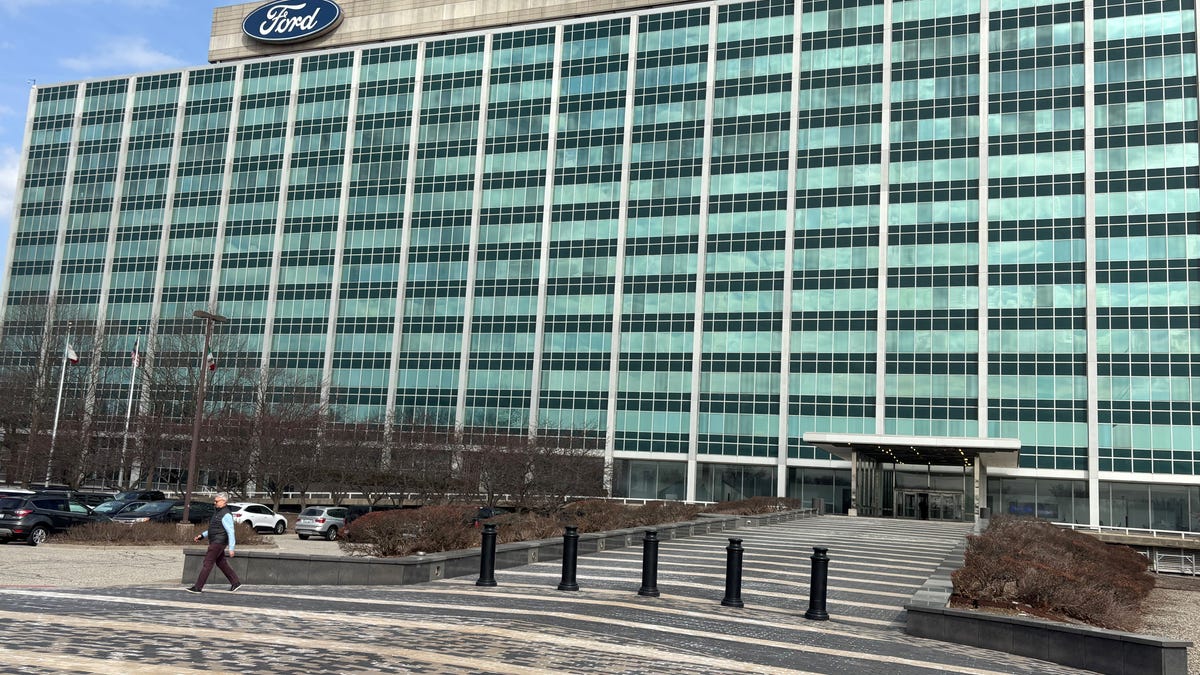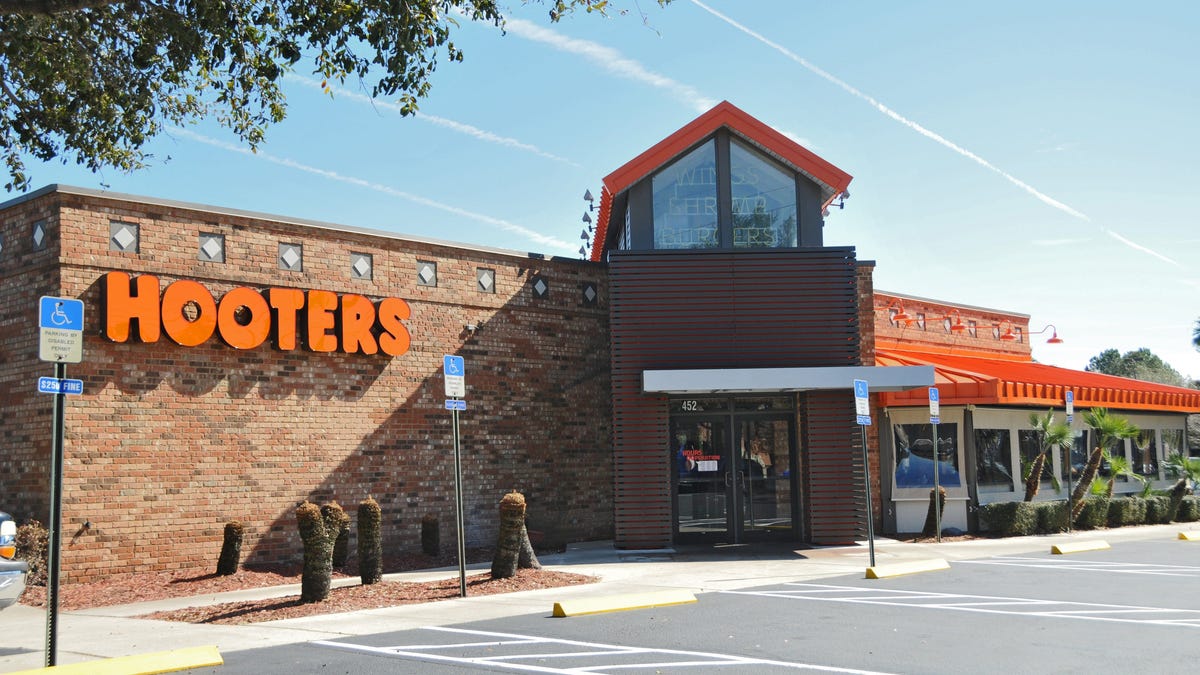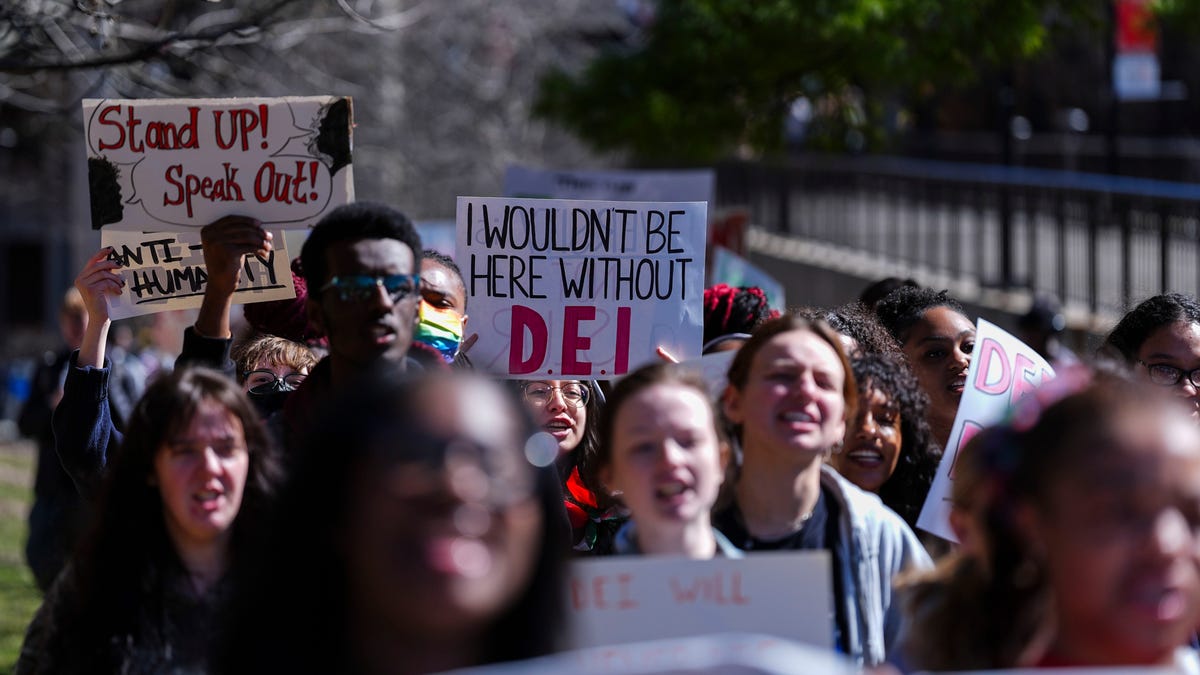
Ford Motor Company: Understanding the automaker’s history, legacy
Explore the rich history of Ford Motor Company, from its groundbreaking assembly line innovations to iconic cars like the Model T, Mustang, and F-150.
- Ford seeks to leverage its U.S. manufacturing base and explore opportunities presented by the changing trade environment.
- While committed to EVs, Ford has reduced investment in EV development due to decreased demand.
Ford Motor Co. will adjust its operations and footprint over the next 12 to 24 months to find ways to mitigate the costs from President Donald Trump’s tariffs on imported vehicles and auto parts. It is also focused on continued development of electric vehicles, even as demand for EVs softens and emissions policies could shift.
Those are two of the highlights from a broad-reaching interview May 28 between Ford Vice Chairman John Lawler and autos analyst Daniel Roeska at the Bernstein 41st Annual Strategic Decisions Conference. Roeska quizzed Lawler about Ford’s plans to address tariffs if the duties continue and about the automaker’s commitment to EVs.
In April, Trump imposed 25% tariffs — taxes an importer pays when goods cross international borders — on vehicles imported into the United States and imported parts that are not compliant with the United States Mexico Canada Trade Agreement.
In its first-quarter earnings report on May 5, Ford said tariffs dented its adjusted earnings before interest and taxes (EBIT) by $200 million in the quarter. The company suspended its financial guidance for 2025 due to tariff uncertainty. But it said it expected tariffs to inflict a $1.5 billion hit to the automaker’s adjusted EBIT for the full year.
Ford’s latest take on tariffs
Lawler said Ford has a competitive advantage against tariffs at the moment because about 80% of the vehicles Ford sells in the states are also made here. Still, Lawler said the company has not moved from its anticipated net hit to earnings of $1.5 billion from tariffs. He added, however, “we’re continuing to work on that and understand that.”
“We’re continuing to leverage our competitive advantage in our footprint to try to identify opportunities for us over the next 12 to 24 months where we can take advantage of the shifting environment,” Lawler said.
Lawler did not provide specifics on what Ford is doing to leverage its competitive advantage, but when asked whether he believed Ford could take action that would reduce the impact tariffs will have on the company’s costs, Lawler said yes.
“Part of that is when you look at the parts, pushing more of those parts to be USMCA-compliant, that’s a tack that we can take,” Lawler said. “We can onshore parts that aren’t onshored today, although a large percentage of our parts are. So those are different tactics that we can take working with the supply base to minimize some of that impact.”
Lawler said Ford is going to continue to work on “all of the levers” it can tweak to reduce its exposure to tariffs.
“Then we’ll also have to look at the go-to-market end of it as well and are there going to be additional opportunities there beyond what we’ve identified so far,” Lawler said. “And a lot of that also is going to be the reactions of counter-tariffs and other things that happened there, and what does that mean for us and then how will we adjust to that? So it’s a dynamic environment.”
Lawler said Ford is looking at areas “on the top line as well as on the cost side” and in its footprint now to offset the impact of tariffs.
Ford’s EV agenda
In the interview May 28, Roeska asked about the other change expected from the new Trump administration: A deemphasis on the transition to EVs and a possible phaseout of the incentives President Joe Biden put in place, incentives that have helped spur EV adoption.
There has also been talk of rolling back the Environmental Protection Agency targets making it less urgent for automakers to offer zero-emissions vehicles to meet compliancy goals.
Lawler said Ford’s long-term views on EVs has not changed despite any of those possibilities. He said the demand for EVs has softened in the past 12 to 18 months and Ford, along with the rest of the industry, has adjusted to that by reducing the cash it invests in EV development.
“But we’re not pulling back completely on investing. So they’re going to come and we’re really excited about the Advanced EV team in California and what they’re developing for us, for our next generation of EVs,” Lawler said. “We think those are going to be a game changer.”
Ford’s all-electric vehicle lineup currently includes the Mustang Mach-E, F-150 Lightning and the E-Transit van.
Lawler said Ford is “leaning into” its hybrid technologies, which offers consumers a transition to full electrification. Ford remains committed to creating more affordable EVs as well, he said, believing affordability will increase adoption.
“We believe that where we’re shifting our focus on EVs to small, more affordable, mainstream products versus what others and what the industry has leaned into so far when it comes to EVs, we think those are all opportunities for us in that the EV horizon, although it’s flattened out, it’s still going to, it’s going to shift. It’s going to happen,” Lawler said. “It’s just going to take longer.”
Jamie L. LaReau is the senior autos writer who covers Ford Motor Co. for the Detroit Free Press. Contact Jamie at jlareau@freepress.com. Follow her on Twitter @jlareauan. To sign up for our autos newsletter. Become a subscriber.









